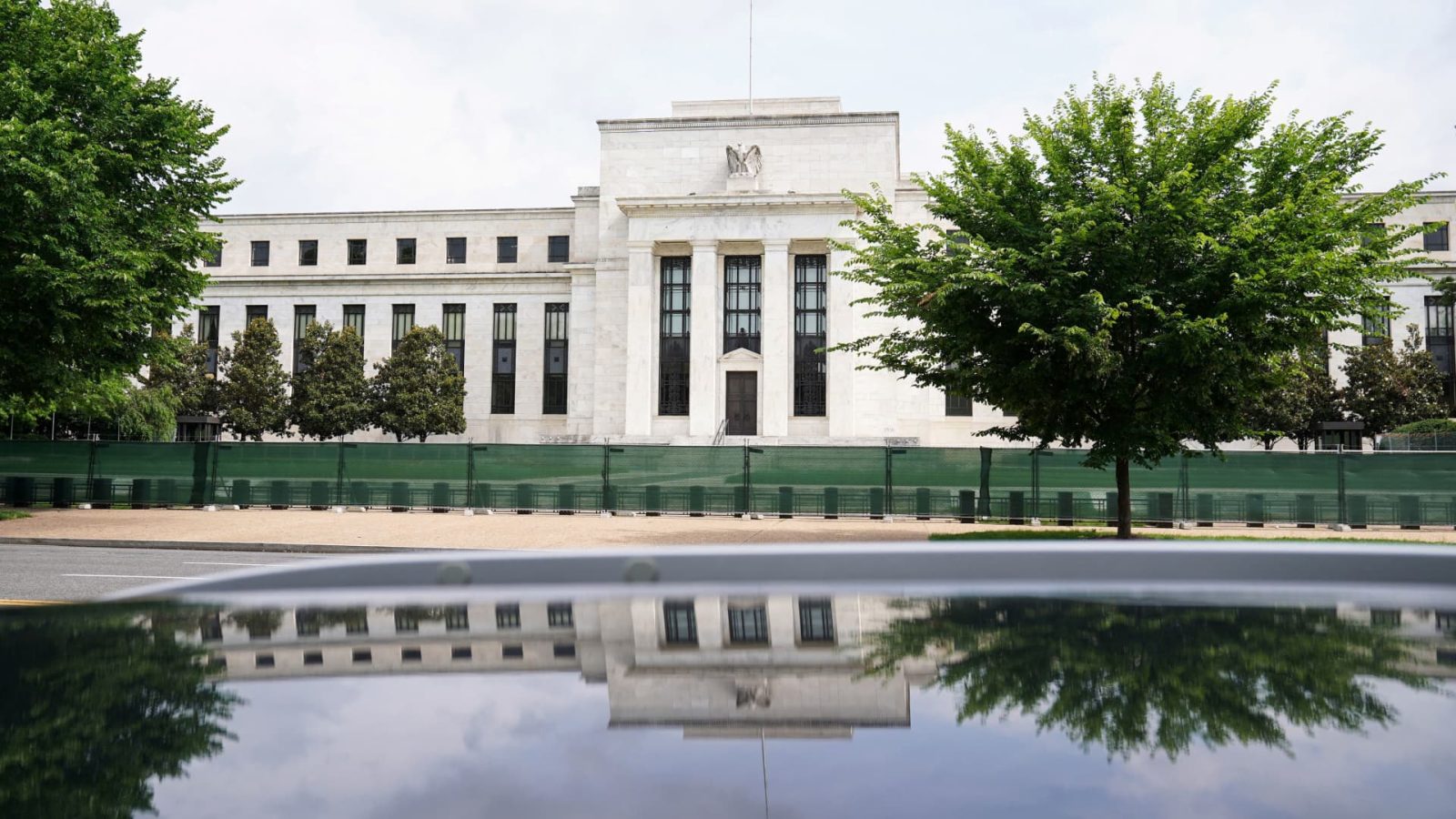In the U.S., 516 publicly listed firms have filed for bankruptcy from January through September 2023. Many of these firms have survived for several years with surging debt and lagging sales.
“The share of zombie firms has been increasing over time,” said Bruno Albuquerque, an economist at the International Monetary Fund. “This has detrimental effects on healthy firms who compete in the same sector.”
Zombie firms are unprofitable businesses that stay afloat by taking on new debt. Banks lend to these weak firms in hopes that they can turn their trend of sinking sales around.
“A really healthy, well-capitalized banking system and financial sector is one of the most important factors in ensuring that unhealthy firms are wound down in a timely way rather than being propped up,” said Kathryn Judge, a professor of law at Columbia University.
Economists say that zombie firms may become more prevalent when banks or governments bail out unviable firms. But the Federal Reserve says the share of firms that are zombies fell after the Covid-19 emergency stimulus measures were implemented. The Fed says banks are refusing to keep weak firms in business with favorable extensions of credit.
The Fed economists point to healthy balance sheets at U.S. firms, despite the increasing weight of interest rate hikes. The effective federal funds rate was 5.33% in October 2023, up from 0.08% in October 2021.
“The biggest implication of the rapid rise in interest rates that we’ve seen the last five or six quarters, actually, is that it reestablished cash,” said Lotfi Karoui, chief credit strategist at Goldman Sachs. “That actually puts some constraints on risk assets.”
The Fed says it thinks interest rates will remain higher for longer. “Given the fast pace of tightening, there may still be meaningful tightening in the pipeline,” Fed Chair Jerome Powell said at an Economic Club of New York speech Oct. 19.
Watch the video above to learn more about the Fed’s battle with unviable zombie firms in the U.S.
Read the full article here










Leave a Reply